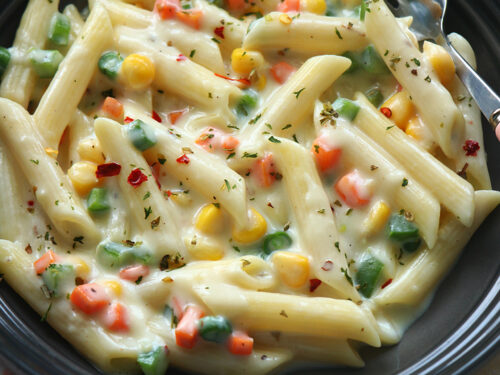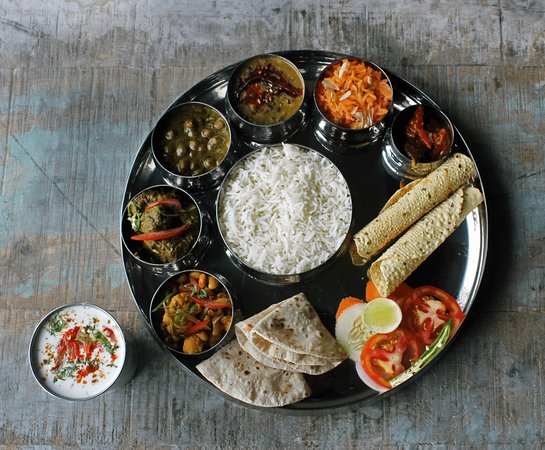White Sauce (Full)





Description
White sauce pasta, often referred to as Alfredo pasta, is a beloved Italian dish cherished for its rich, creamy texture and indulgent flavors. Originating from Rome, this dish has captivated food enthusiasts worldwide with its simplicity and decadence. In this comprehensive guide, we delve into the origins, preparation techniques, variations, and serving suggestions of white sauce pasta, along with answering popular FAQs.
1. Origins of White Sauce Pasta
White sauce pasta traces its roots back to early 20th century Rome, where Italian chef Alfredo di Lelio created a simple yet luxurious pasta dish for his wife using butter, cream, and Parmesan cheese. Originally named "Fettuccine Alfredo," the dish gained international fame after being introduced to Hollywood celebrities by di Lelio himself. Over the years, variations of the recipe emerged, leading to the widespread popularity of white sauce pasta in Italian and global cuisine.
2. Preparation of White Sauce Pasta
Ingredients:
- Pasta (typically fettuccine, penne, or spaghetti)
- Butter
- All-purpose flour
- Heavy cream
- Parmesan cheese
- Garlic (optional)
- Salt and pepper to taste
- Fresh parsley for garnish
Preparation:
- Cook the pasta according to package instructions until al dente. Drain and set aside.
- In a saucepan, melt butter over medium heat. Add minced garlic (if using) and cook until fragrant.
- Gradually whisk in flour to create a roux, cooking for 1-2 minutes until lightly golden.
- Slowly pour in the heavy cream while continuously whisking to avoid lumps.
- Stir in grated Parmesan cheese until melted and the sauce thickens.
- Season with salt and pepper to taste.
- Toss the cooked pasta in the creamy white sauce until evenly coated.
- Garnish with chopped parsley and additional Parmesan cheese if desired. Serve hot.
3. Variations of White Sauce Pasta
- Chicken Alfredo: Add grilled or sautéed chicken breast strips for a protein-packed variation.
- Shrimp Alfredo: Incorporate sautéed shrimp into the pasta for a seafood twist.
- Vegetarian Alfredo: Include sautéed vegetables such as broccoli, mushrooms, and bell peppers for a vegetarian option.
- Spinach Alfredo: Add wilted spinach leaves to the sauce for a vibrant and nutritious variation.
4. Serving Suggestions
White sauce pasta pairs well with a variety of accompaniments and can be customized to suit different palates:
- Garlic Bread: Serve with crusty garlic bread for a delightful contrast of textures.
- Salad: Pair with a crisp garden salad dressed in vinaigrette for a refreshing side.
- Wine: Enjoy with a glass of white wine such as Chardonnay or Pinot Grigio for a sophisticated dining experience.
- Grilled Vegetables: Serve alongside grilled vegetables like asparagus, zucchini, and cherry tomatoes for added depth of flavor.
5. FAQs (Frequently Asked Questions)
Is white sauce pasta the same as Alfredo pasta?
- Yes, white sauce pasta is often referred to as Alfredo pasta, named after its creator Alfredo di Lelio.
Can I use any type of pasta for white sauce pasta?
- Yes, while fettuccine is traditional, you can use any pasta shape you prefer, such as penne or spaghetti.
Is white sauce pasta vegetarian?
- It can be vegetarian if prepared without meat. You can add vegetables or protein alternatives like tofu to customize it.
Can I make white sauce pasta ahead of time?
- While it's best enjoyed fresh, you can prepare the sauce in advance and reheat it gently before tossing with freshly cooked pasta.
What can I substitute for heavy cream in the sauce?
- You can use half-and-half or whole milk for a lighter version of the sauce, though the texture may be slightly thinner.
How do I prevent the sauce from becoming lumpy?
- Whisk continuously while adding the cream and cheese gradually to ensure a smooth consistency.
Can I freeze white sauce pasta?
- Cream-based sauces may separate upon freezing and reheating, so it's best to consume the dish fresh.
Is white sauce pasta gluten-free?
- Traditional pasta contains gluten, but you can use gluten-free pasta and a gluten-free flour alternative to make it suitable for gluten-sensitive individuals.
What herbs can I add to enhance the flavor?
- Fresh herbs like parsley, basil, or thyme can be added to the sauce for a burst of freshness.
How do I reheat leftover white sauce pasta?
- Reheat gently in a saucepan over low heat, adding a splash of milk or cream to revive the sauce's creaminess.









